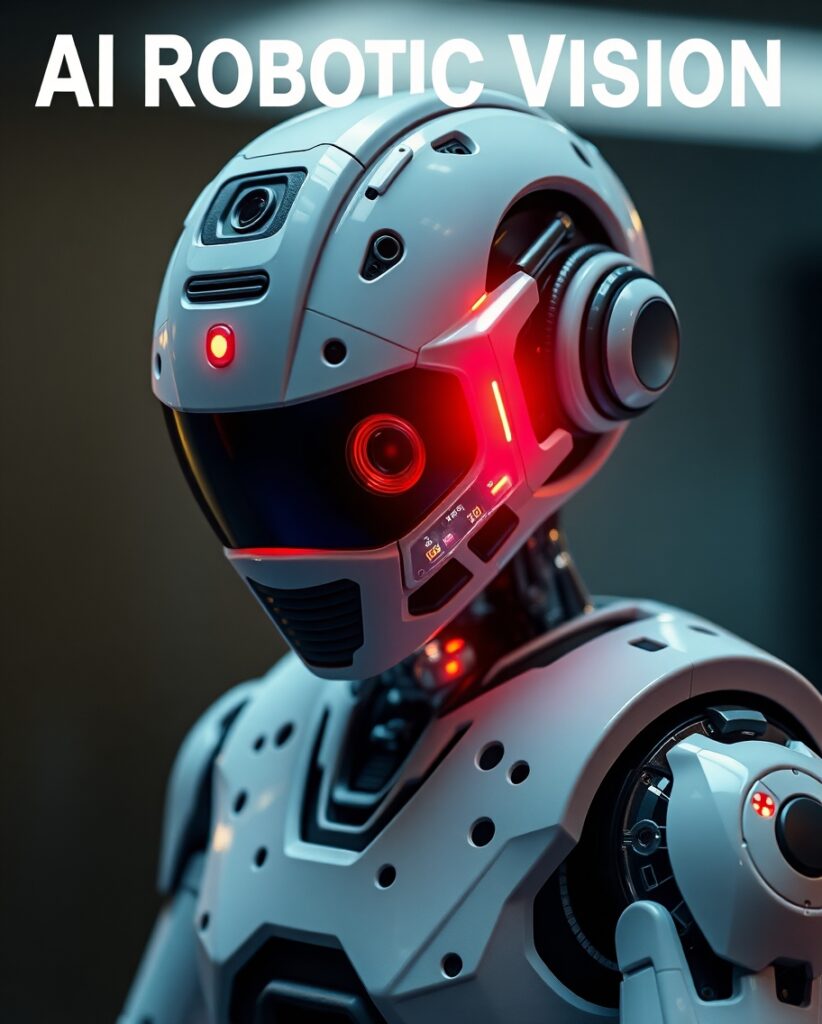The field of robotics is undergoing a profound transformation, thanks to advancements in Artificial Intelligence (AI) and vision systems. AI robotic vision integrates cutting-edge technologies such as machine learning, computer vision, and robotics to empower machines with the ability to “see,” understand, and interact with their surroundings. This innovation has far-reaching implications across industries, enabling robots to perform tasks with unprecedented precision and adaptability.

Asia Pacific is the largest market for robotic vision Market and is home to some of the fastest-growing economies in the world. Asia Pacific is expected to provide significant growth opportunities for the robotic vision market since the region is considered the manufacturing hub for most industries. China has been a potential market for all emerging technologies, including industrial robots and vision systems. The large scale of manufacturing industries in other countries in the Asia Pacific, such as Japan and South Korea, have also contributed to the market growth in the region.
What is AI Robotic Vision?
AI robotic vision combines cameras, sensors, AI algorithms, and robotic systems to mimic human vision and interpretation. It enables robots to:
- Detect and identify objects in real-time.
- Analyze spatial information for navigation and manipulation.
- Adapt to dynamic environments with minimal human intervention.
Key components of AI robotic vision include:
- Image sensors and cameras: Capture visual data.
- Computer vision algorithms: Process and analyze images.
- Machine learning models: Train robots to recognize patterns and improve over time.
Applications of AI Robotic Vision
1. Manufacturing and Logistics
Robots equipped with AI vision systems excel in tasks like quality inspection, assembly, and packaging. In logistics, robotic vision enables autonomous vehicles to sort and transport goods efficiently in warehouses.
2. Healthcare
AI robotic vision aids in surgical precision, diagnostics, and patient monitoring. For instance, robotic surgical assistants use vision systems to perform minimally invasive procedures with high accuracy.
3. Agriculture
In agriculture, robotic vision supports crop monitoring, pest detection, and automated harvesting. Robots can identify ripe fruits and selectively pick them without damaging the plants.
4. Autonomous Vehicles
AI vision systems play a crucial role in self-driving cars, enabling them to recognize road signs, detect obstacles, and make real-time decisions for safe navigation.
5. Security and Surveillance
Robotic vision enhances security by enabling AI-driven surveillance systems to detect anomalies, recognize faces, and monitor restricted areas more effectively.
Advantages of AI Robotic Vision
- Increased Accuracy: Robots with vision systems outperform humans in repetitive tasks requiring precision.
- Cost-Efficiency: Automation reduces labor costs and minimizes errors.
- Enhanced Safety: Robots can operate in hazardous environments, ensuring human safety.
- Scalability: AI robotic systems can be deployed and scaled across various industries with minimal reconfiguration.
Challenges and Future Prospects
Despite its potential, AI robotic vision faces challenges such as:
- High development costs: Advanced systems require significant investment.
- Data dependency: High-quality datasets are essential for training accurate vision models.
- Ethical concerns: Privacy issues may arise with the use of AI vision in surveillance.
Looking forward, the integration of 5G connectivity, edge computing, and AI-powered IoT devices will further enhance robotic vision. Innovations like 3D vision systems and advanced deep learning models will enable robots to perform more complex tasks and interact seamlessly with humans.
AI robotic vision is revolutionizing the way machines perceive and interact with the world, unlocking endless possibilities for automation. By overcoming current limitations, this technology will continue to redefine industries, enhance productivity, and improve quality of life. The future is one where robots not only see but also understand, anticipate, and adapt to human needs, making them indispensable partners in progress.